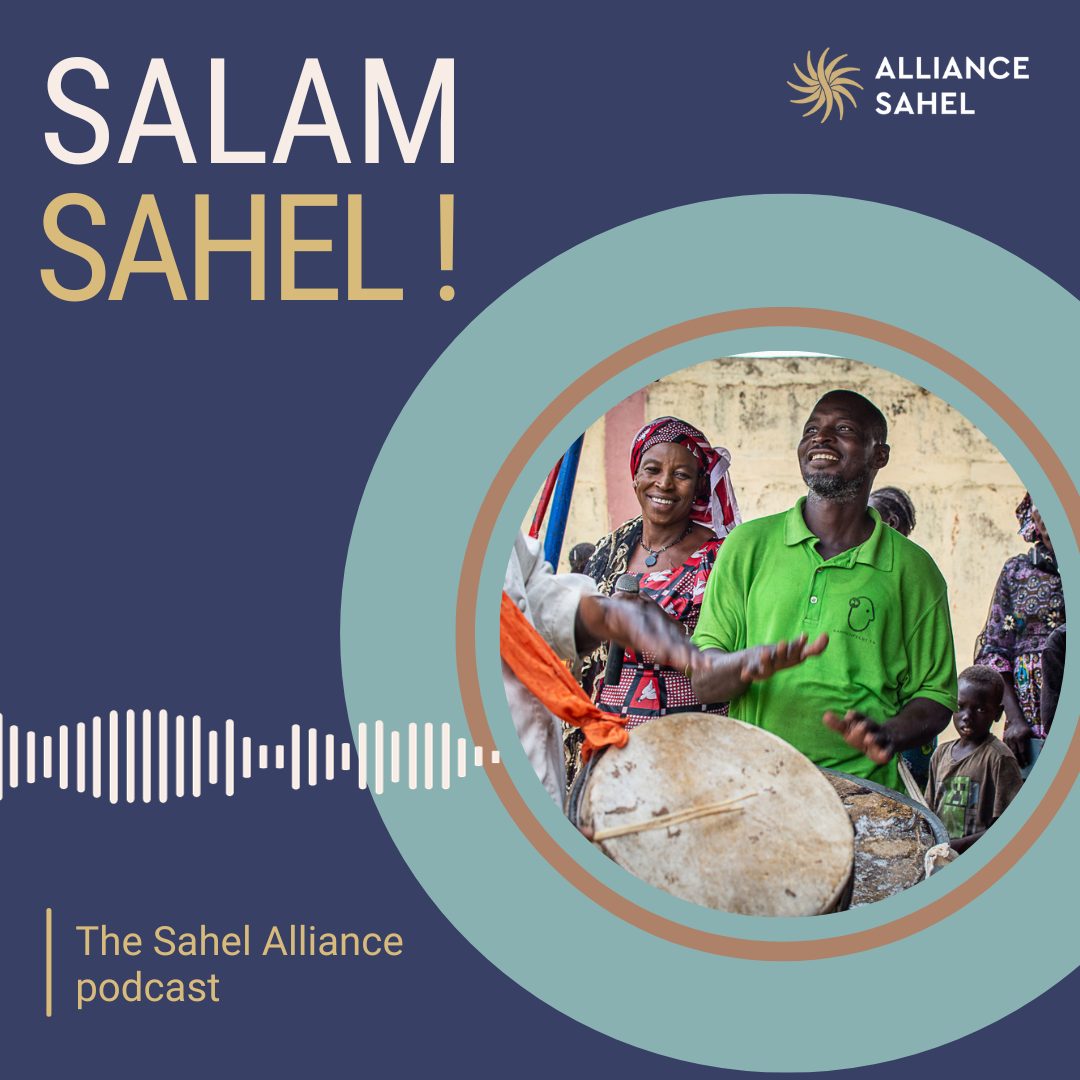Fighting climate change: an opportunity for conflict prevention in the Sahel
Conflicts over natural resources play a significant role in the deterioration of the security situation in the Sahel, and lack of access to them is clearly a major constraint to sustainable development. In this region, climate change is even increasing stress and risks such as the reduction of water availability for crops and animals, a proven source of conflict. Faced with immense, complex and interconnected challenges, the response cannot be made in isolation. It is therefore crucial to adopt an integrated and integrative approach to natural resource management, particularly in areas of existing and emerging conflict, for the benefit of the populations concerned.
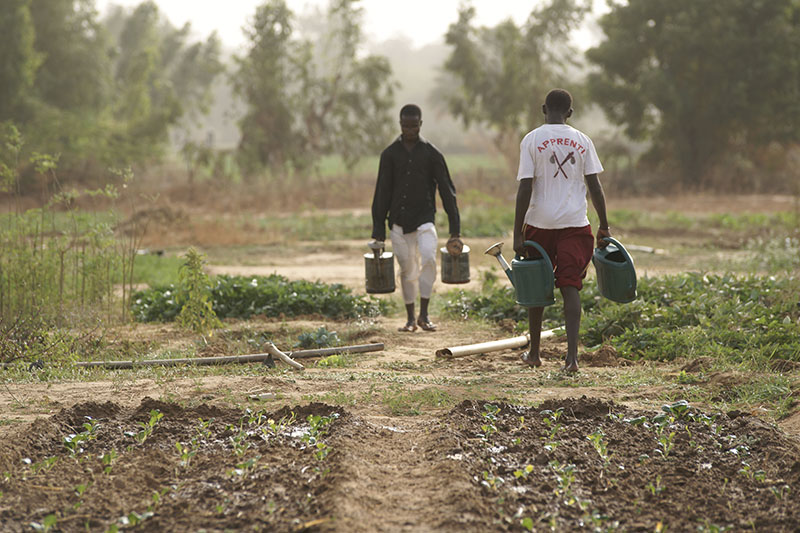
Exploring the relationship between natural resource management and conflict prevention
This is what the European Commission (DG INTPA) and the German Ministry for Economic Cooperation and Development (BMZ) are trying to address through the FREXUS project: “Improving Climate Security and Resilience in a Fragile Environment through the Water-Energy-Food Security Nexus” (2019-2021).

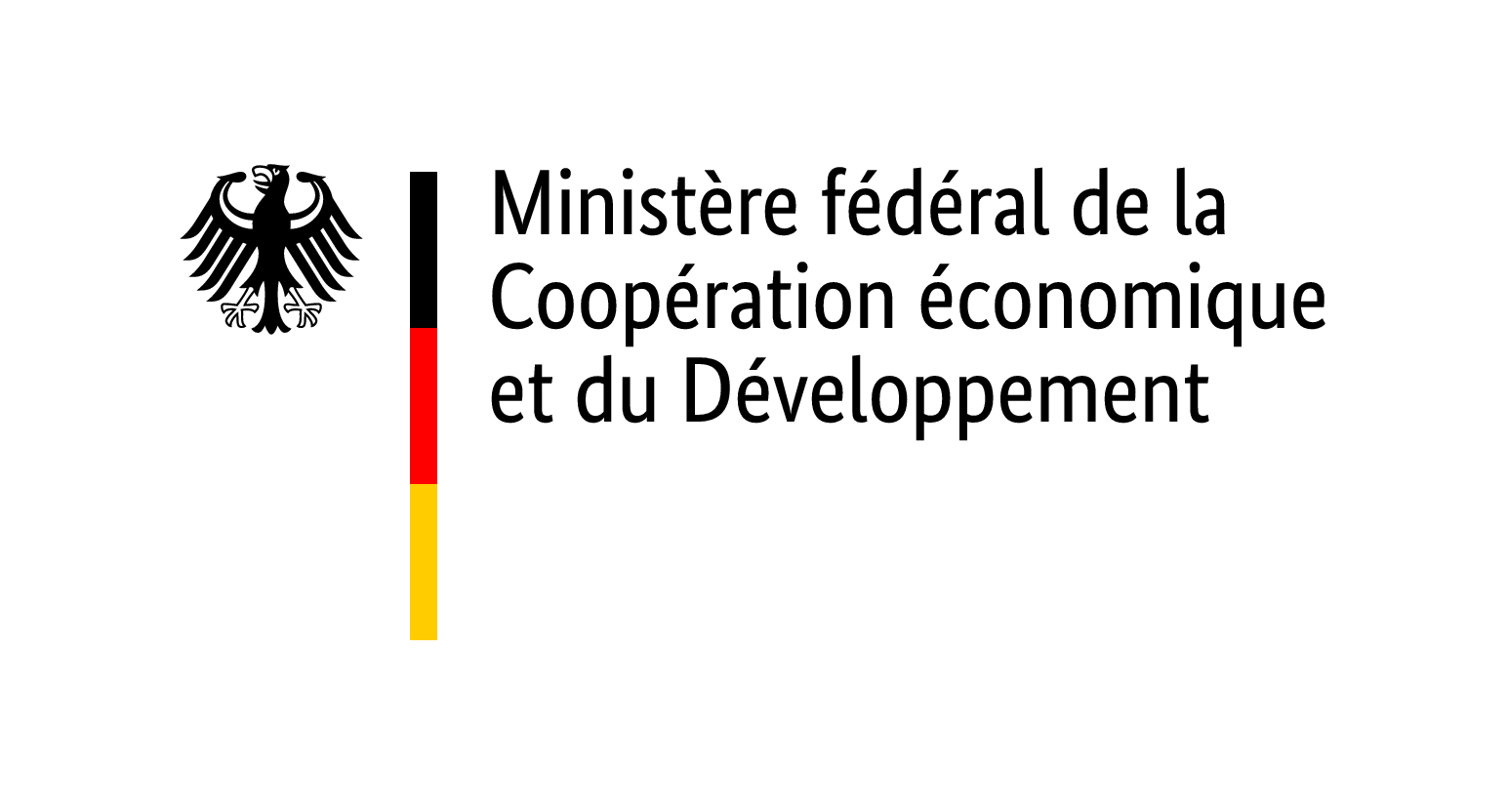
With a budget of €5 million and implemented by the Deutsche Gesellschaft für Internationale Zusammenarbeit (GIZ), the Frexus project operates in the Sahel region, in Mali, Niger and Chad. Its aim is to develop and test an approach that focuses on transparent management of and equitable access to natural resources in areas under stress and, in the long term, to implement concrete actions on the ground in this regard (such as a water point shared by various users in a pastoral area).
The Water-Energy-Food Security Nexus (WESN) approach is at the heart of this project. Thus the project first supported the development of a global conflict identification and early warning tool taking into account the Nexus-EESA approach. This prediction tool is based on the combination of a number of indicators that generally determine whether water, energy and food security challenges lead to conflict. Initially developed by the Water, Peace and Security Partnership, it is currently being finalised.
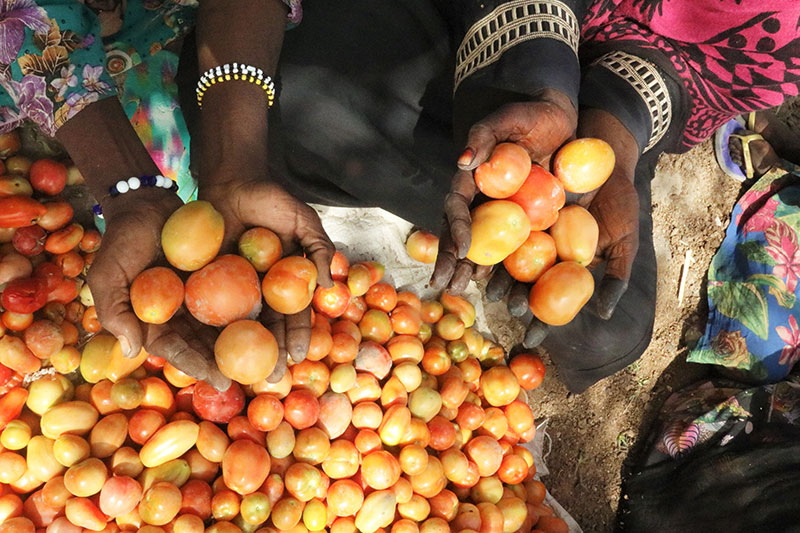
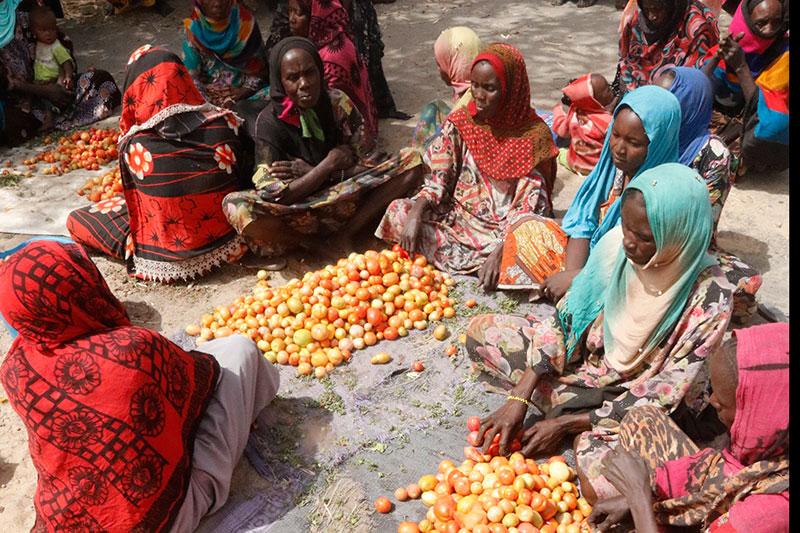
Multi-sectoral and stakeholder cooperation is key
Once a potential area of emerging conflict has been identified, the project will develop a more in-depth analysis, including a local analysis tool (which will include a dashboard with both technical modelling and stakeholder perceptions) to not only identify the main drivers of conflict over natural resources but also to support the development of appropriate responses.
Developed jointly with its future users at both regional level, such as the Niger River Basin Authority (NBA) and the Lake Chad Basin Commission (LCBC), and national level, such as their respective national focal structures, relevant sectoral ministries and universities, it will be tested in 3 pilot areas (1 per project country) with all relevant stakeholders, such as local and traditional authorities, civil society and user representatives. The project therefore encourages cooperation between a multitude of stakeholders from different levels and backgrounds in order to solve problems in a collaborative and transparent way, and thus positively influence the livelihoods of local communities. As one member of a partner organisation put it:
The success of the project will depend largely on us as stakeholders. We have to work fast and well!”
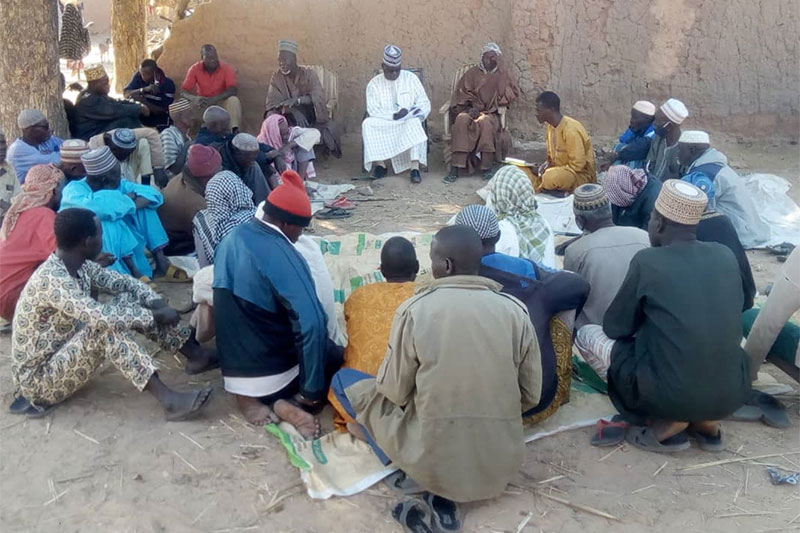
The diagnostic phase has already started in the pilot areas with an assessment of the water resources situation and the initiation of conflict and climate risk analyses. On the basis of this common and shared understanding of the area by all the stakeholders concerned, a consultation phase will follow in order to reach local agreements on the management of a shared resource or territory. The implementation phase of priority actions on which the stakeholders concerned have agreed will then begin.
—
Go further:
- Frexus Project in the Sahel
- Frexus Project: fact sheet (in French)
- Le Nexus peut-il prévenir le conflit dans le contexte fragile? (blog article – in French)

